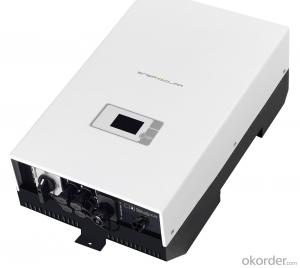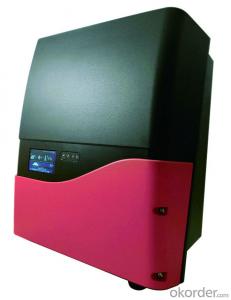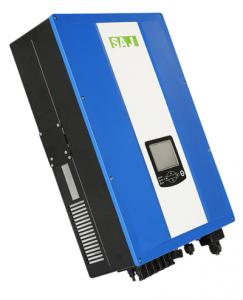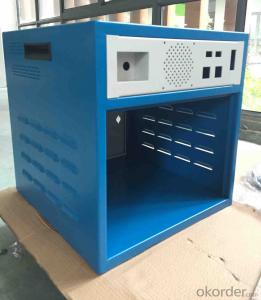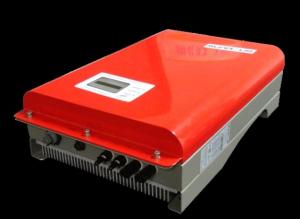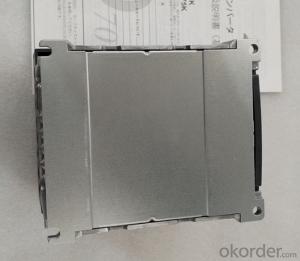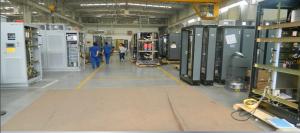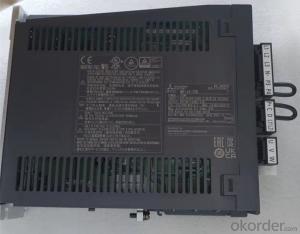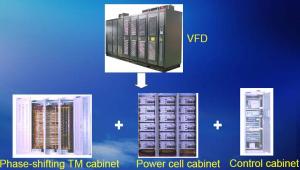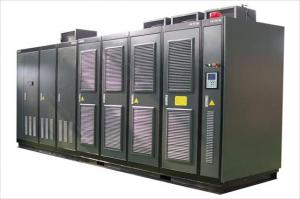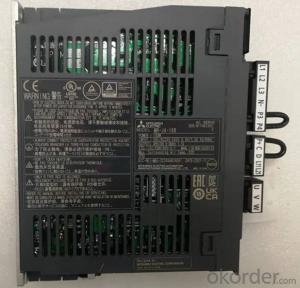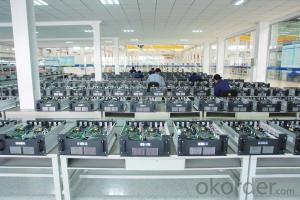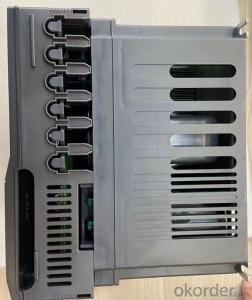Utl Gamma Solar Inverter
Utl Gamma Solar Inverter Related Searches
Utl Solar Inverter Gamma Solar Inverter Utl Solar Inverter Price Utl Solar Inverter Price List Utl Solar Inverter 2kva Price Ul Listed Solar Inverter Ups Inverter Solar Uk Solar Inverter Lg Solar Inverter Solar Ups Inverter Solar Sma Inverter Smart Solar Inverter Invt Solar Inverter Lg Inverter Solar Lvrt Solar Inverter Solar Smart Inverter Smart Inverter Solar Smart Solar Power Inverter Lumos Solar Inverter Inverter For Solar Battery Solar Battery Inverter Solar Inverter Upgrade Sma Solar Inverter Delta Solar Inverter Battery Solar Inverter Inverter Solar Battery Inverter Solar Generator Outback Solar Inverter Solar Battery Inverter Kit Alpha Solar InverterUtl Gamma Solar Inverter Supplier & Manufacturer from China
Utl Gamma Solar Inverter is a high-quality product designed to convert solar energy into usable electricity for various applications. This advanced inverter is engineered to maximize efficiency and reliability, making it an ideal choice for solar power systems. The product is widely used in residential, commercial, and industrial settings where solar energy is harnessed to reduce reliance on traditional power sources and lower energy costs. With its robust design and cutting-edge technology, Utl Gamma Solar Inverter is a reliable solution for those looking to invest in sustainable energy solutions.The Utl Gamma Solar Inverter is utilized in a variety of scenarios, including off-grid systems, grid-tied systems, and hybrid systems. It is particularly beneficial in areas with abundant sunlight, where the potential for solar energy generation is high. By integrating the Utl Gamma Solar Inverter into a solar power setup, users can enjoy clean, renewable energy that is both cost-effective and environmentally friendly. This product is also praised for its user-friendly interface and ease of installation, making it accessible to a wide range of customers.
Okorder.com is a reputable wholesale supplier of the Utl Gamma Solar Inverter, offering a vast inventory to cater to the needs of various customers. As a trusted platform, Okorder.com ensures that the Utl Gamma Solar Inverter is available at competitive prices, making it an attractive option for those looking to invest in solar energy technology. With a commitment to quality and customer satisfaction, Okorder.com stands out as a reliable source for purchasing the Utl Gamma Solar Inverter and other related products.
Hot Products



